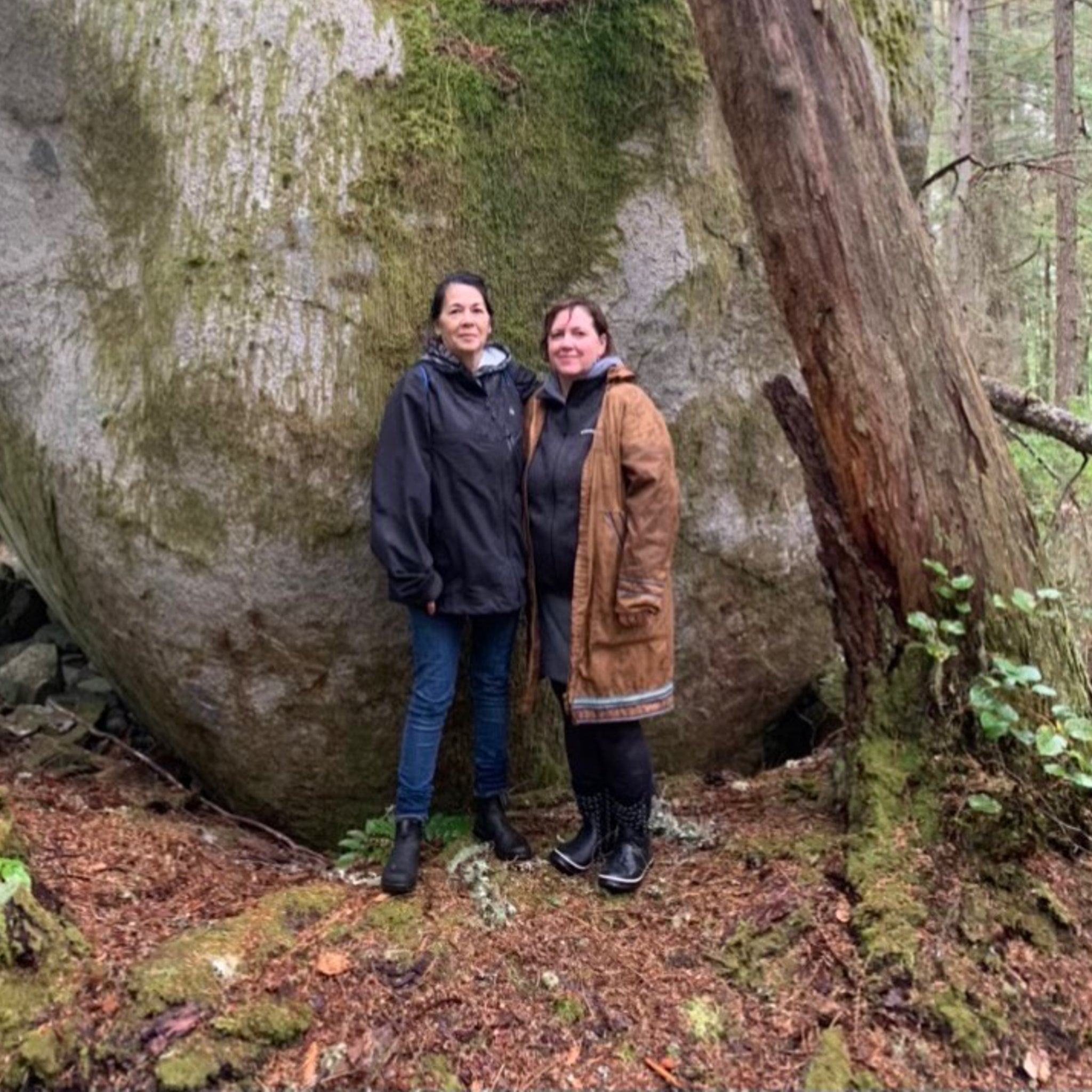Susan Roy is a University of Waterloo researcher and professor in the Department of History and at the Balsillie School of International Affairs. Her research examines the history of Indigenous-non-Indigenous relationships with attention to land rights activism and cultural performance, along with resource and urban development disputes in Canada.
We asked Roy how fundamental research and collaborating with Indigenous partners help deepen our knowledge and understanding of the arts, humanities and social sciences.
Opinion by Susan Roy
How can research support the priorities and aspirations of Indigenous communities through partnership and collaboration?

Susan Roy
Professor, Faculty of Arts
> Balsillie School of International Affairs
As a non-Indigenous historian, I am honoured to partner with Indigenous communities on research projects that intersect legal, environmental, cultural and artistic contexts. This research approach prioritizes Indigenous initiatives, knowledges and ways of doing things. It ensures that research supports the critical cultural resurgences and land rights assertations within Indigenous communities.
My collaborations with Indigenous partners occur in archives, on the land and within communities across Canada. They include research and curatorial work with the shíshálh (Sechelt) and xʷməθkʷəy̓əm (Musqueam) First Nations of southern coastal British Columbia, music and language revitalization with Cree communities in Northern Manitoba and mapping environmental change and archaeological sites with Six Nations of the Grand River.
While I draw on the colonial archive, I examine these records with Indigenous community researchers whose knowledge of specific environments, genealogies and language opens culturally informed perspectives. Archival materials often represent the colonial project of Indigenous erasure, but my collaborators reveal the brilliance of Indigenous activisms, resistances and ongoing relationships to the land in these records.

Jessica Silvey with shíshálh youth at house site of Garden Bay, using 1936 anthropologist's drawing of longhouses at Garden Bay.
With my shíshálh collaborators, we visited ʔáy-íw-át xéxʔ-áls, a powerful being in their territory known as a transformer stone. The story of this stone tells that when it falls over, the world will end. Transformer stones are spiritual beings that remind us that the land is a living entity and that we have a responsibility to care for it.

Transformer stone, shíshálh territory.
Songs in the Key of Cree is community-based research that connects achimoowin, ayamoowin, and paapoowin (language, storytelling, and laughter) while addressing the history of language loss and revitalization. With my collaborators, I was honoured to engage with communities in Northern Manitoba through the project's activities, including musical performances, workshops and the development of multi-media stories. This site-specific partnership supports Cree language initiatives and highlights the global importance of Indigenous languages.

Songs in the Key of Cree, Cree language revitalization project with Daniel Bighetty, Kevin McKay, Rachel Beaulieu, Ken Bighetty and the Bighetty puppets.
While Canadians are becoming conscious of the devasting impact of the residential schools, stronger research collaborations with Indigenous partners can foster a better public understanding of the ongoing impacts of colonialism. Everyone can benefit from deeper engagement with Indigenous sovereignty, treaty responsibilities, language, humour and storytelling.






